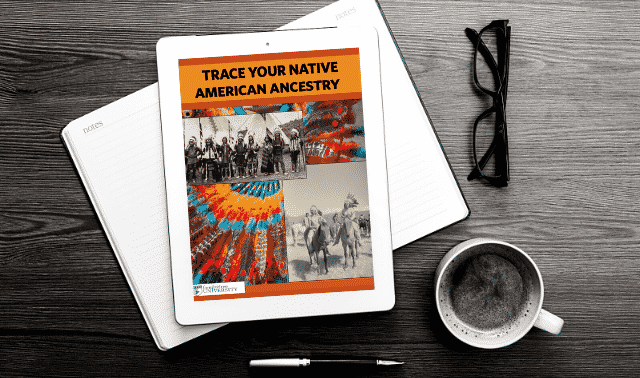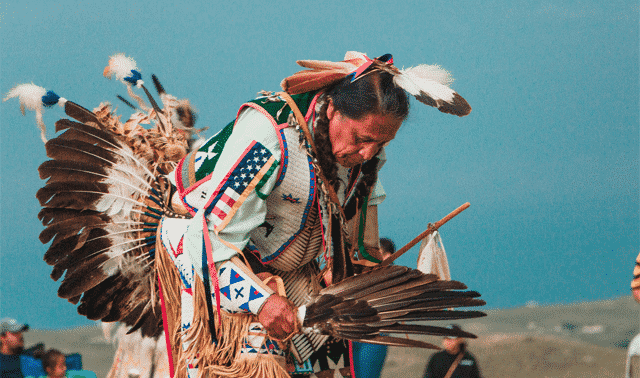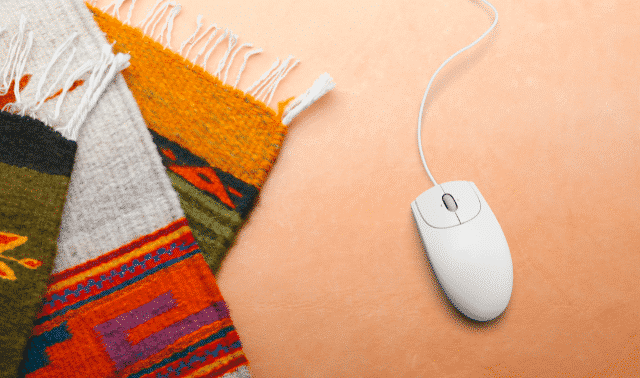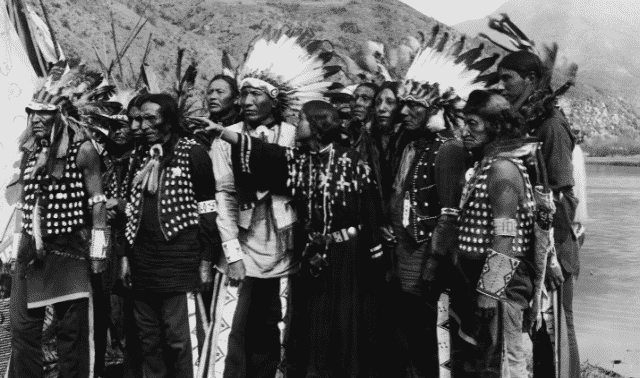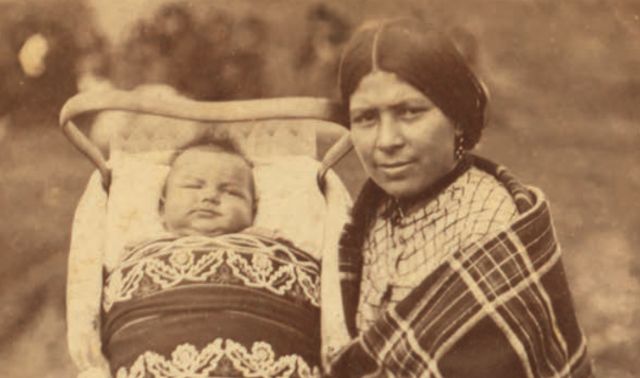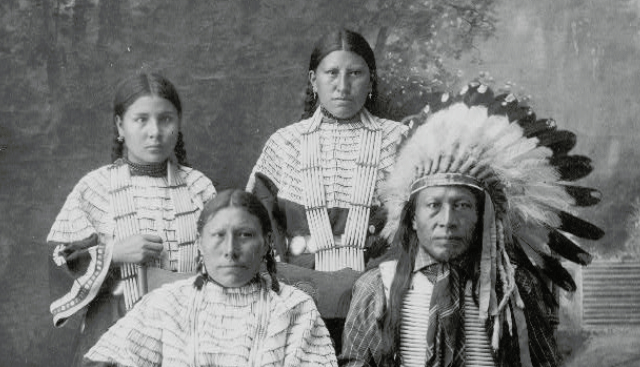Sign up for the Family Tree Newsletter! Plus, you’ll receive our 10 Essential Genealogy Research Forms PDF as a special thank you.
Get Your Free Genealogy Forms
"*" indicates required fields
The Dawes Rolls are lists of individuals who were eligible for tribal membership in the “Five Civilized Tribes” from 1898-1914. Those who were eligible were entitled to land. Here’s how to use these unique records to research your family history.
1. Verify your family lived in Indian Territory in the 1900 census.

To qualify for enrollment, an individual had to be living with his or her tribe in Indian Territory in 1900. If your family wasn’t there, it’s unlikely you’ll find them on the Dawes Rolls. Above is a portion of the 1900 US Census for Indian Territory enumerating the Willard Bryant family. Notice that Myrtle Bryant is listed as “Ind,” as is her son, Luther.
2. Search the Dawes Rolls index on the OHS website.

Look for a married woman under her married name. If you find a person in the index, note the card number. Click on it to see other family members listed on the card. Do the ages and family members’ names match your records? In addition to Luther, Myrtle Bryant’s card lists the two sons she’d had since the 1900 census. All have the same census card number, 4166, but each has a different roll number. You’ll need both numbers for each individual you research. Her husband, mother-in-law and nephew aren’t on the card; the 1900 census indicates they’re white.
3. Obtain the application packet.
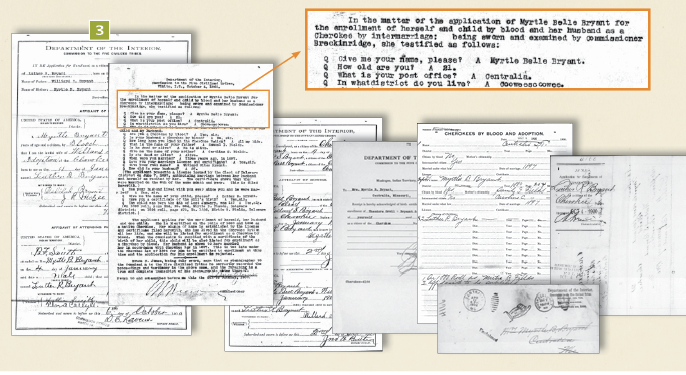
Use the name and/or census card number from the index to search Native American Applications for Enrollment in Five Civilized Tribes at Ancestry.com or Fold3. Myrtle Bryant’s packet includes her transcribed interview (which provides her parents’ and spouse’s names, marriage date and more) and affidavits of each child’s birth. The interview page explains Willard was denied tribal citizenship because the couple was married “too late under the Cherokee law in 1895.” That law declared no white person intermarried since Dec. 16, 1895, could participate in tribal property distribution.
Related Reads
A version of this article appears in the October/November 2016 issue of Family Tree Magazine.
Pin it!


